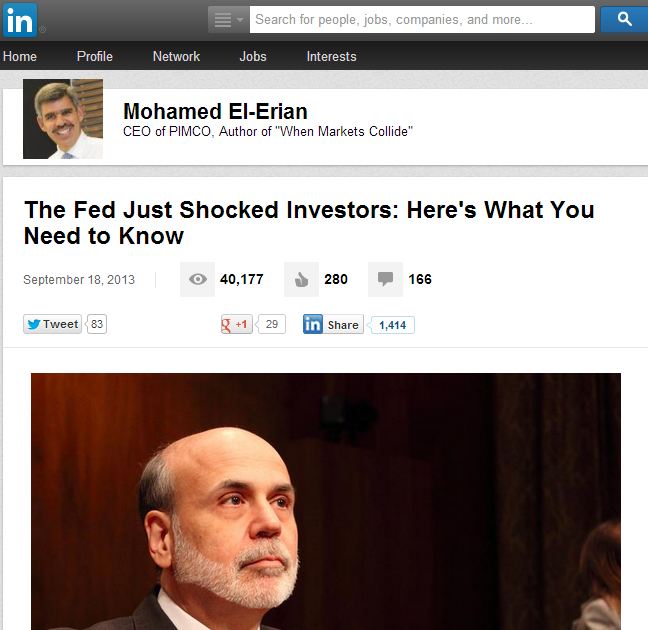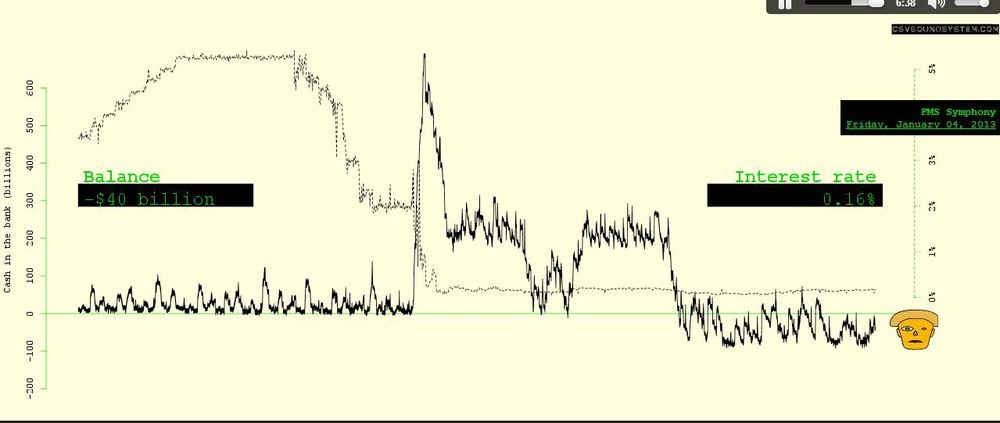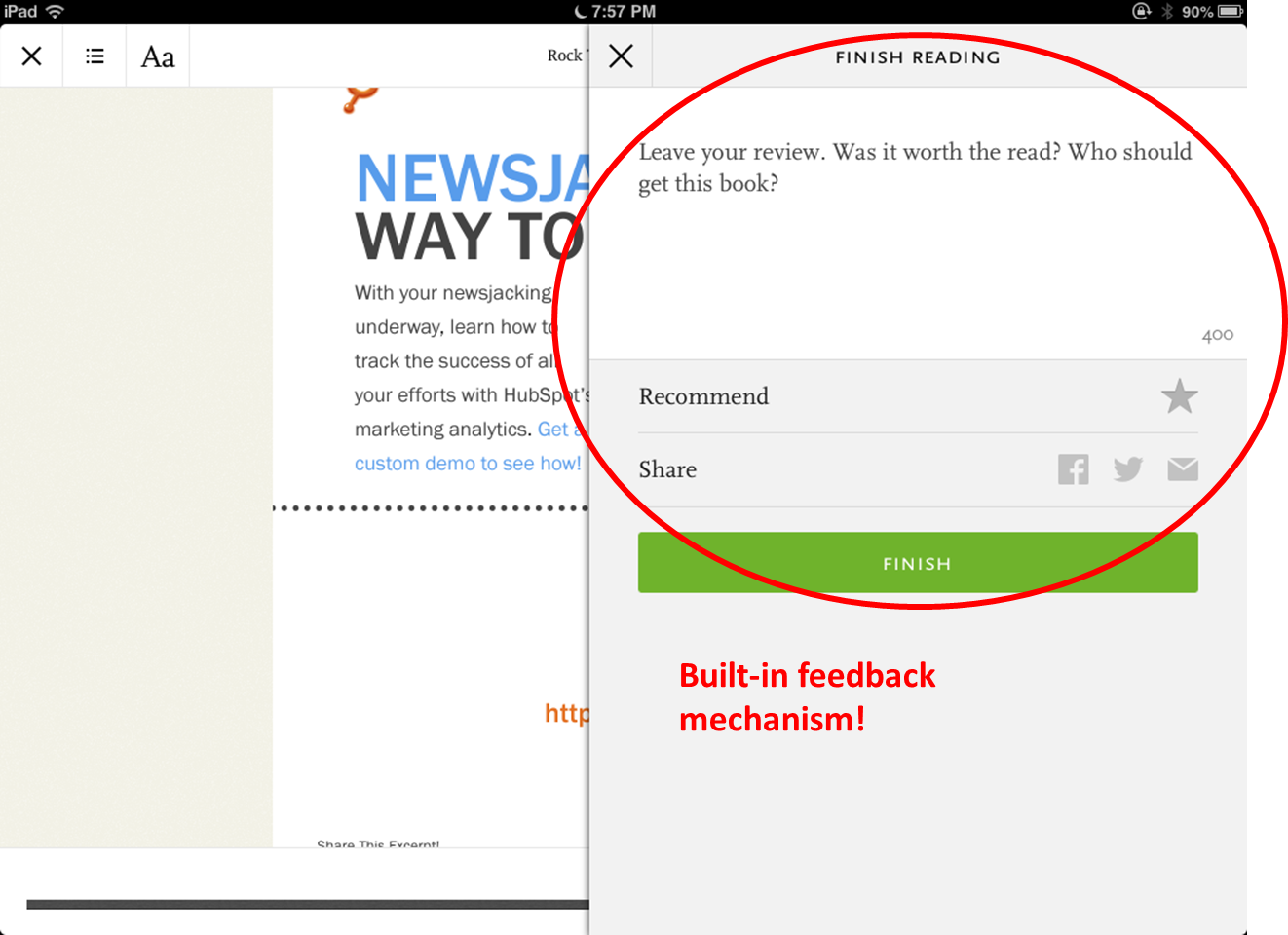8 Mutual Fund Commercials From Way Back When
/ TweetSome of digital marketing’s roots can be found in advertising. Before marketers went online, television and radio advertising is where many mastered media, audience selection and targeting, and developed a command of analytics.
In that spirit—and because it’s Throwback Thursday—here’s a look at eight mutual fund commercials from yesteryear.
The messaging, the style and the feel of most of these are a far cry from what mutual fund and exchange-traded fund (ETF) marketers produce today. But, in the days before social and digital media, television advertising was the highest profile activity Marketing could engage in. These commercials and commercials like them were instrumental in driving what is now a $15 trillion industry.
Dreyfus, 1961
Based on the YouTube comments accompanying this Dreyfus commercial, a lion walking through the subway made quite a lasting impression in the pre-CGI days of 1961. It's interesting that the oldest commercial in this collection is the one that takes the most risk.
Dreyfus again, 1987
There’s a lot to love about this commercial promoting a Ginnie Mae fund, providing access once available only to the "moneyed few." My favorite part is when the actor needs to turn his back on the camera not once but twice to read the 800 number.
Fidelity, 1989
Maybe those were the good old days. This commercial message urges conservative investors seeking 10% money market fund returns to “call anytime day or night” to invest with Fidelity Spartan Funds. “But you must act now!”
Franklin Templeton, 1995
About 1 minute in to this collection of 1995 CNN commercial breaks, you’ll hear a fast-talking Mark Mobius promoting the potential of “developing markets” for Templeton Funds.
Oppenheimer Funds, 1998
The IMDb says Gene Hackman's voiceover work for Oppenheimer Funds was done in 1998 but this Oppenheimer Funds commercial and others in its series have a very contemporary feel.
Kemper Funds (RIP), 1998
OK, Oppenheimer, I'll see your Gene Hackman and raise you one John Lithgow. Lithgow provides the voiceover for the Kemper Funds commercial that starts at 3:59. I'm partial to this work, which was launched when I worked for Kemper, managing "electronic communications."
T. Rowe Price, 2006
Here's a newer fund performance commercial from T. Rowe Price, and note the much longer disclosure.
Janus, 2007-ish
This Janus commercial was uploaded in 2007 and, if memory serves, might have aired right around that time. With a more complicated message than the rest of these commercials, this ad covers a lot of ground in 30 seconds.
As a final note, I felt a pang while searching for these videos on YouTube. The commercials that are out there have been uploaded randomly, and there's so much that can't be found. Is anyone other than the individual fund companies and FINRA (who has the most complete de facto archive, thanks to filing requirements) preserving this work for posterity?











